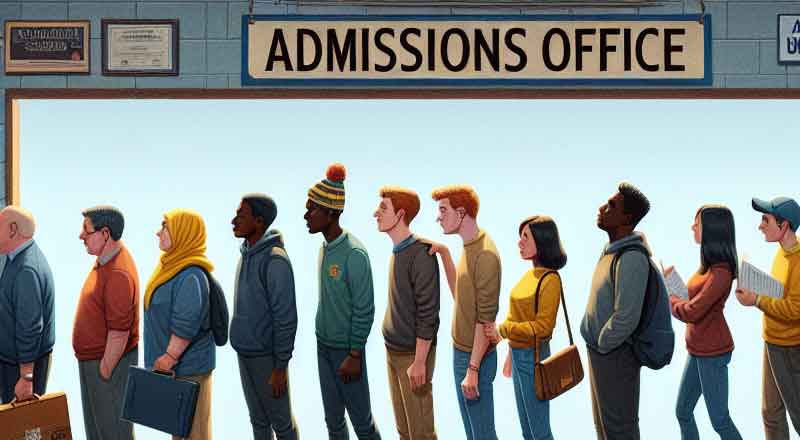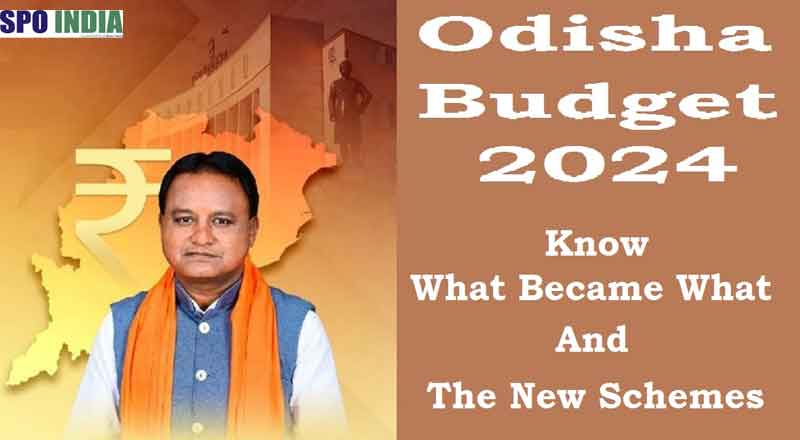- The University Grants Commission (UGC) has unveiled a groundbreaking initiative, granting Indian universities the authority to implement biannual admissions.
- Universities worldwide already follow a biannual admission system.
- Commencing from the academic session of 2024-25, Indian universities will inaugurate two admission cycles, scheduled for July-August and January-February respectively.
- This progressive move seeks to address a myriad of challenges encountered by students, ranging from delays in board results to personal exigencies, thus affording them increased opportunities to pursue higher education.
- Moreover, the introduction of biannual admissions is poised to catalyze a paradigm shift in the employment landscape.
- With industries now empowered to conduct campus recruitments twice a year, graduates stand to benefit from an expanded pool of job opportunities.
- HEIs embarking on this transformative journey must prioritize the establishment of seamless support systems and equip faculty, staff, and students with the necessary resources to navigate the transition seamlessly.
In a watershed moment for Indian higher education, the University Grants Commission (UGC) has unveiled a groundbreaking initiative, granting Indian universities the authority to implement biannual admissions, a practice synonymous with prestigious institutions across the globe. UGC Chief Jagadesh Kumar’s announcement of this transformative plan heralds a new era of flexibility and adaptability in the country’s academic landscape.
Commencing from the academic session of 2024-25, Indian universities will inaugurate two admission cycles, scheduled for July-August and January-February respectively. This progressive move seeks to address a myriad of challenges encountered by students, ranging from delays in board results to personal exigencies, thus affording them increased opportunities to pursue higher education.
Jagadesh Kumar underscores the profound impact of biannual admissions, elucidating how it transcends mere administrative convenience to become a catalyst for profound socio-economic change. By circumventing the year-long waiting period typically associated with single-cycle admissions, students can maintain their academic momentum and capitalize on emerging opportunities in a timely manner.
Moreover, the introduction of biannual admissions is poised to catalyze a paradigm shift in the employment landscape. With industries now empowered to conduct campus recruitments twice a year, graduates stand to benefit from an expanded pool of job opportunities, enhancing their prospects for professional growth and development.
From a logistical standpoint, biannual admissions empower higher education institutions (HEIs) to optimize their resource allocation strategies, encompassing faculty, laboratories, classrooms, and support services. This strategic planning not only fosters operational efficiency but also ensures an enriched learning environment conducive to holistic student development.
Kumar emphasizes that the adoption of biannual admissions places Indian HEIs on par with their global counterparts, aligning with established international educational norms. By embracing this progressive model, Indian universities stand to fortify their international collaborations and student exchanges, thereby enhancing their global competitiveness and reputation.
However, while the UGC champions the adoption of biannual admissions, Kumar stresses that compliance with this framework will not be mandatory for HEIs. Institutions endowed with the requisite infrastructure and academic prowess are encouraged to seize this opportunity to expand their student intake and introduce innovative programs in emerging fields.
Nevertheless, the successful implementation of biannual admissions hinges upon meticulous planning and administrative preparedness. HEIs embarking on this transformative journey must prioritize the establishment of seamless support systems and equip faculty, staff, and students with the necessary resources to navigate the transition seamlessly.
In essence, the UGC’s decision to usher in biannual admissions represents a watershed moment in the annals of Indian higher education. By fostering greater flexibility, inclusivity, and alignment with global educational standards, this transformative initiative holds the promise of propelling Indian universities to the vanguard of academic excellence on the global stage. As HEIs embark on this journey of innovation and reform, the educational landscape in India stands poised for a profound and enduring metamorphosis, ushering in an era of unparalleled dynamism and opportunity.
(With inputs from agencies)





